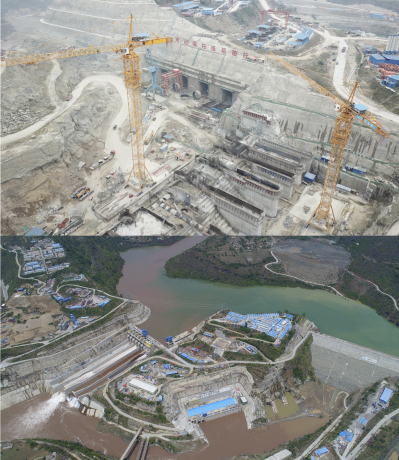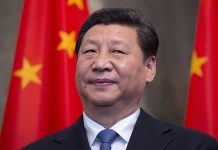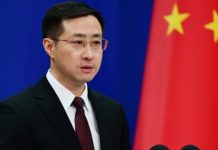BEIJING: Introduced by President Xi Jinping in 2013, the Belt and Road Initiative is a key feature of China’s foreign policy, consistent with Xi’s push to advance what he describes as a new era of major-country diplomacy. Substantively, the initiative aims to promote mutual economic development and inter-regional connectivity.
This is consistent with China’s need to assume a greater international leadership role given its fast rising position as a global power in an increasingly multipolar world, and can be described as a liberation-oriented effort that’s trying, once and for all, to break cycles of underdevelopment and poverty, reversing colonial and neo-colonial exploitations, and resisting old and new hegemonies.
Belt and Road is a succinct English translation of the Chinese term, “one belt, one road” (yidai yilu). Belt refers to the Silk Road Economic Belt, a network of overland road and rail routes the initiative has already built, is building or has proposed, primarily through Central Asia. Its name deliberately recalls the historical Silk Road, a network of trade routes that preceded it centuries ago, connecting east and west in positive ways for more than 1,000 years. Road refers to the 21st-Century Maritime Silk Road, and includes sea routes and ports linking Chinese waters with Pacific island nations, Southeast Asia, South Asia, the Middle East, Africa and Europe, with Latin America on the horizon.
–The Daily Mail-Beijing Review news exchange item





